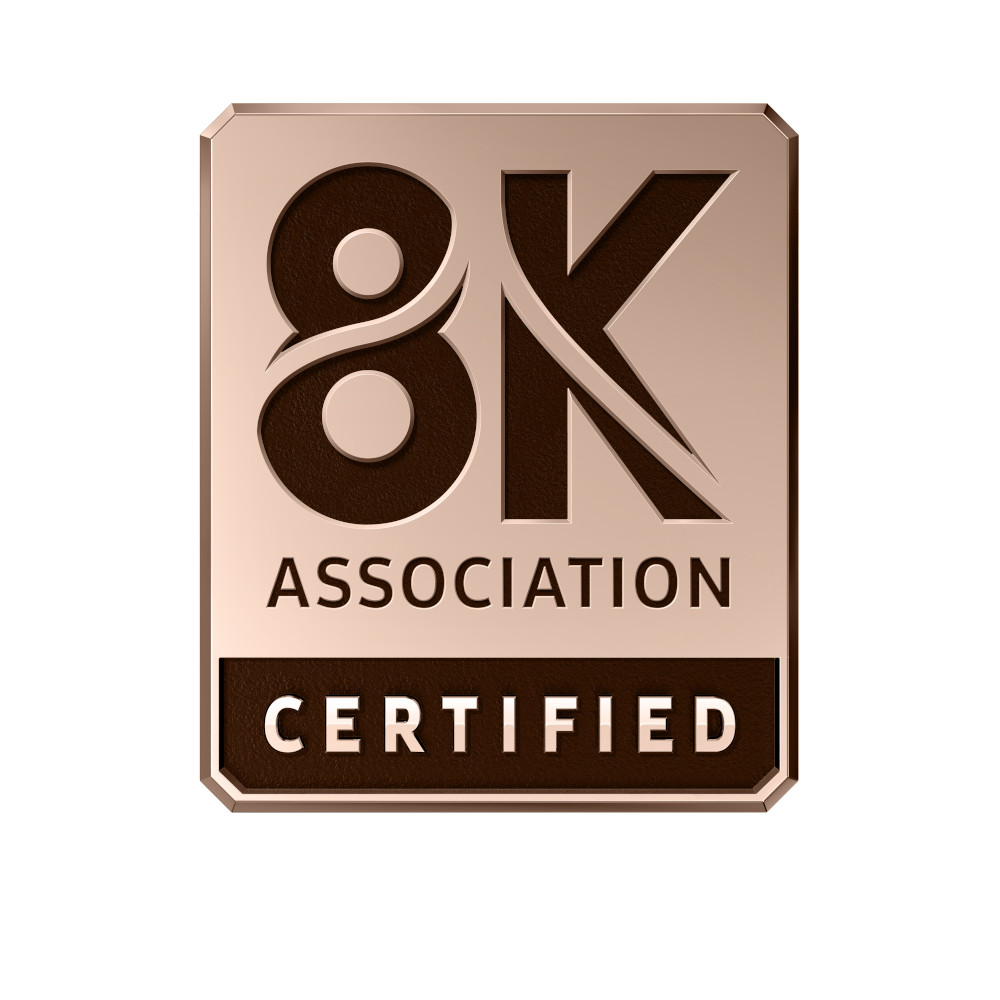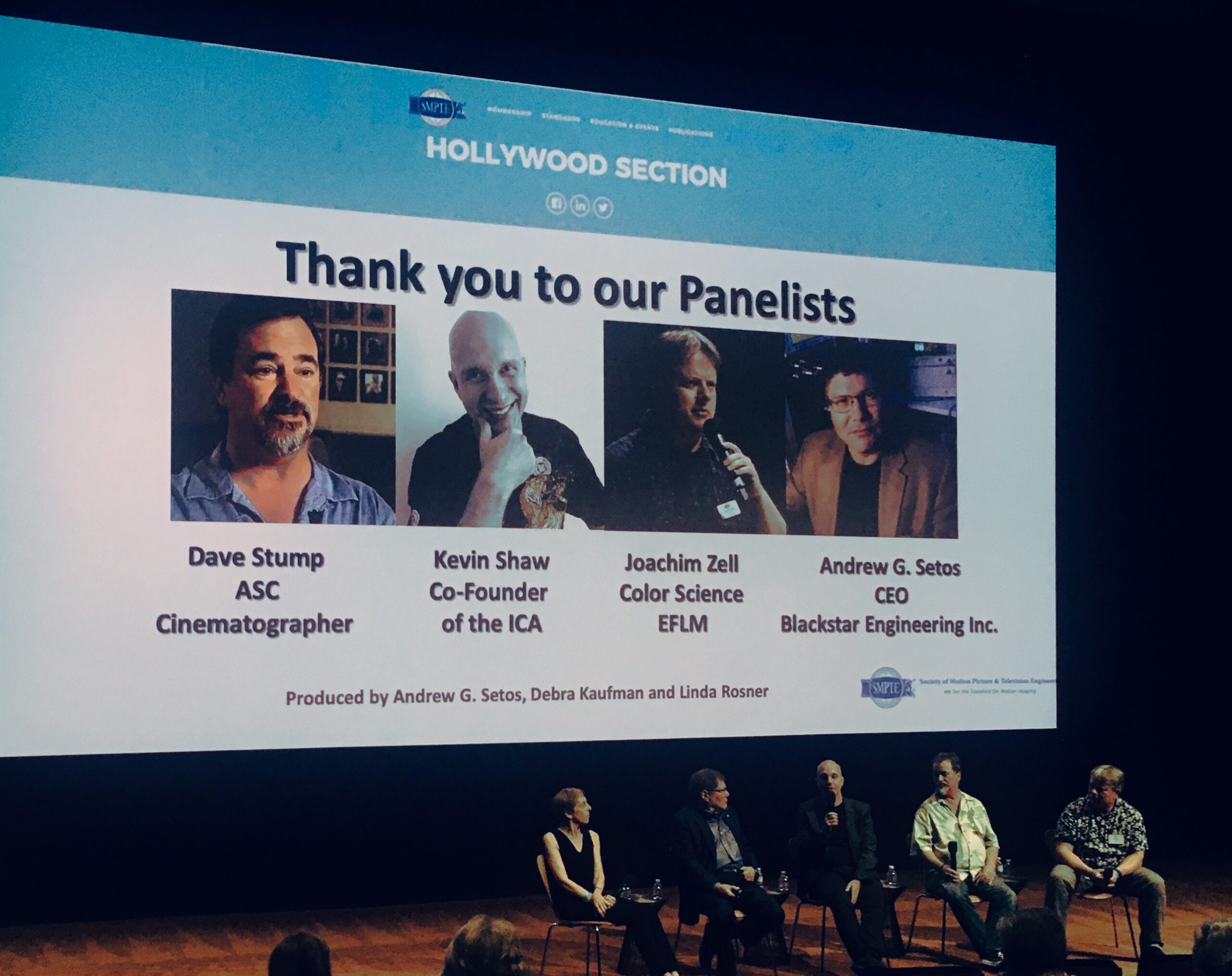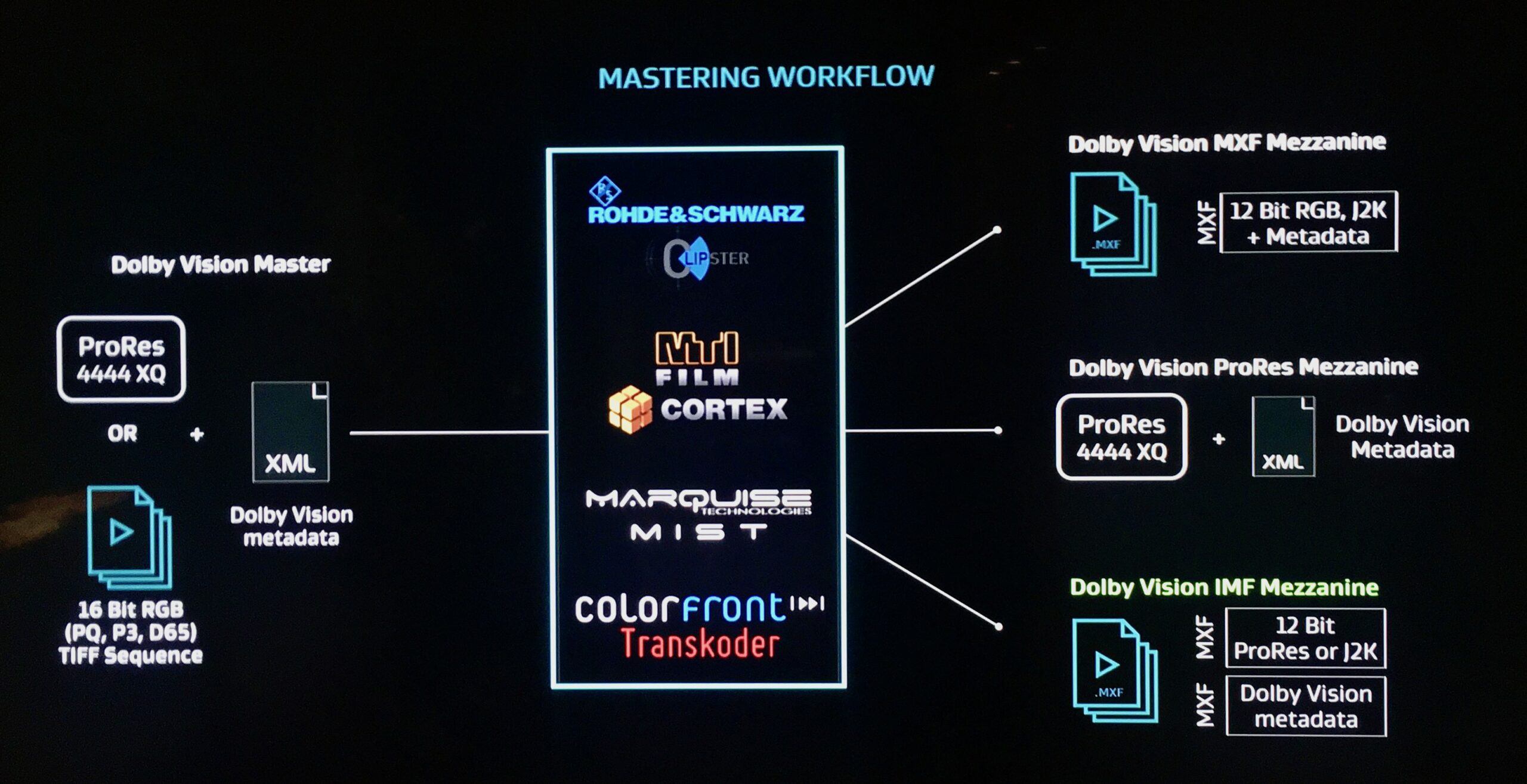Berlin, Germany, August 31, 2020 – The 8K Association (8KA), the cross-industry group focused on facilitating the growth of the 8K ecosystem, today announced the availability of a powerful new website to help educate consumers about the benefits of 8K displays and content.
The newly launched Discover8K.com web site is now available to help consumers discover how the latest advancements in displays, cameras and home entertainment can bring exceptional visual performances to life. With 8K resolution technology, everyone can discover more detail, more depth and more powerful big-screen imagery – all from the comfort of home.
The new Discover8K.com site provides valuable tools to help consumers learn about the 8K ecosystem, including topics such as:
List of TVs from leading brands that meet the 8K Association’s performance standards
Information about current and upcoming sources of 8K content
Guidance for enjoying 8K entertainment at home – including ideal screen sizes and seating distances for immersive 8K cinematic or 8K gaming experiences
The advanced technology behind powerful 8K up-scaling
News about 8K of interest to consumers
“The 8K Association was founded to bring together content creators, technology providers, panel manufacturers, TV brands and more to accelerate the expansion of the 8K ecosystem. But ultimately it will be consumers who determine how quickly 8K technology is adopted,” noted 8KA Marketing Work Group Chair, Aaron Dew. “Consumers who understand the benefits of 8K ultra-sharp big-screen displays, finely-detailed 8K gaming and the power of immersive 8K video are going to speed the transition to 8K. That’s why the 8K Association launched the new Discover8K.com web site to help educate consumers on all the benefits of enjoying big-screen 8K entertainment at home.”
8K refers to the latest and highest-resolution standard for content creation, distribution and television displays that enables over 33 million pixels of resolution, which is 4 times sharper than the UHD / 4K standard. With a growing number of 8K TVs now in the market from several leading TV brands that meet the 8K Association’s certification program standards, along with emerging sources of native 8K content, there is an increasing consumer interest in discovering more about 8K and why 8K resolution is a perfect fit for big-screen TVs.
Along with the newly launched consumer education web site, the 8K Association is preparing a “State of 8K” webinar for press and industry professionals to provide an update on the progress made in 8K deployments and the remaining technical and business milestones needed to complete the full roll-out of the 8K ecosystem. With insights and technical input from all parts of the 8K production, distribution and display segments, the “State of 8K” webinar will serve as a valuable tool to educate industry professional and define the remaining work that members of the 8K Association and others will need to complete before 8K is universally available.
The 8K Association Fall 2020 “State of 8K” webinar will be held on September 15, 2020. Registration information and full details will be available soon at: www.8KAssociation.com





